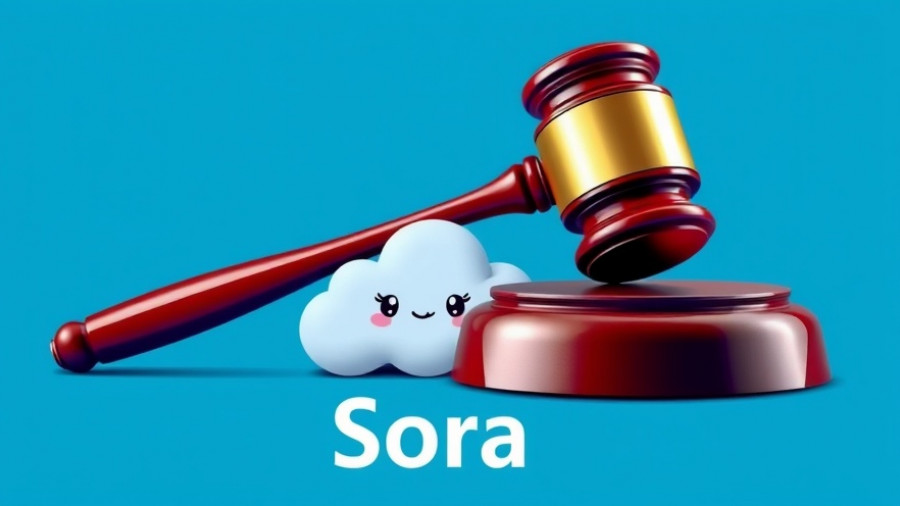
Revolutionizing Rent Collection for Business Success
In today's fluctuating economy, consistent cash flow is crucial for any successful rental property business. Landlords often find rent collection to be a source of stress, slowing down operations and causing unnecessary friction. However, adopting innovative habits can streamline this process and ensure timely payments while supporting tenants in their financial management.
1. Aligning Rent Schedules with Payment Patterns
One effective strategy involves adjusting rent schedules to match the income patterns of your tenants. Landlords can enhance cash flow and reduce missed payments by allowing tenants to pay more frequently, rather than demanding the entire rent sum at once. For instance, instead of a $1,000 payment due on the first of the month, splitting it into smaller amounts due on the 1st and 15th can make a substantial difference.
2. Expanding Payment Options
Offering various payment methods is another smart habit that modernizes operations. Accepting ACH transfers, debit cards, credit cards, and even cash payments through retail locations can make it easier for tenants to pay rent in a way that suits their financial situation. This flexibility not only improves tenant satisfaction but can also reduce late payments.
3. Automating Reminders for Rent Payments
Incorporating technology to send automated reminders can lead to timely payments. Simple text and email notifications alert tenants about upcoming rent due dates, encouraging them to manage their finances better and contribute to a reliable cash flow for landlords.
4. Establishing Clear Communication Channels
Maintaining a strong dialogue with tenants is essential. By creating transparency around payment processes and any potential changes to rental agreements, landlords build trust and rapport with their tenants. This connection can enhance tenant retention and encourage timely payments.
5. Incentivizing Early Payments
Another exciting habit involves offering incentives for early payments. Whether it's a small discount or offering rewards points redeemable for benefits, these incentives can motivate tenants to prioritize lease payments.
The Importance of Adapting to Change
Implementing these habits not only helps streamline rent collection but also reflects a broader trend in adapting to the shifting economic landscape. In times of uncertainty, being flexible and considerate to tenants' financial realities can foster a better landlord-tenant relationship.
Why These Changes Matter
As business owners, operators, and managers, incorporating these smart habits can enhance the viability of your rental operations. They not only protect cash flow but also create a more adaptable business model congruent with economic changes. The focus should always remain on cultivating a stable, sustainable, and trust-based relationship with tenants, ultimately leading to greater business success.
Get Help Selecting a Preferred Provider to enhance your rent collection strategies for a more efficient and profitable operation.
 Add Row
Add Row  Add
Add 




Write A Comment